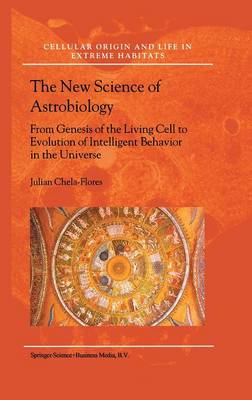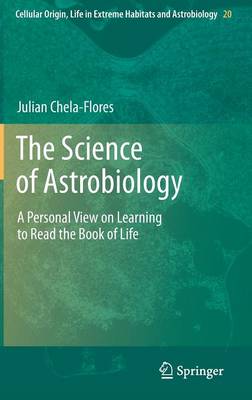Cellular Origin, Life in Extreme Habitats and Astrobiology
2 primary works
Book 3
Astrobiology is a very broad interdisciplinary field covering the origin, evolution, distribution, and destiny of life in the universe, as well as the design and implementation of missions for solar system exploration. A review covering its complete spectrum has been missing at a level accessible even to the non-specialist.
The last section of the book consists of a supplement, including a glossary, notes, and tables, which represent highly condensed `windows' into research ranging from basic sciences to earth and life sciences, as well as the humanities.
These additions should make The New Science of Astrobiology accessible to a wide readership: scientists, humanists, and the general reader will have an opportunity to participate in one of the most rewarding activities of contemporary culture.
The last section of the book consists of a supplement, including a glossary, notes, and tables, which represent highly condensed `windows' into research ranging from basic sciences to earth and life sciences, as well as the humanities.
These additions should make The New Science of Astrobiology accessible to a wide readership: scientists, humanists, and the general reader will have an opportunity to participate in one of the most rewarding activities of contemporary culture.
Book 20
Since the publication of The New Science of Astrobiology in the year 2001—the first edition of the present book—two significant events have taken place raising the subject from the beginning of the present century to its present maturity. Firstly, in 2001 the Galileo Mission still had two years to complete its task, which turned out to be an outstanding survey of the Jovian system, especially of its intriguing satellite Europa. Secondly, the Cassini Huygens Mission was still on its way to Saturn. Its present success has surpassed all expectations of ESA and NASA. Astrobiologists still did not know that Titan was the fifth body in the Solar System that possibly contained a water ocean (including the Earth and the three Galilean satellites other than Io). For these reasons the book includes overviews of the evolutionary and molecular biology that are necessary. There is a discussion of other sectors of culture that are the natural frontiers of astrobiology, especially the humanities.

